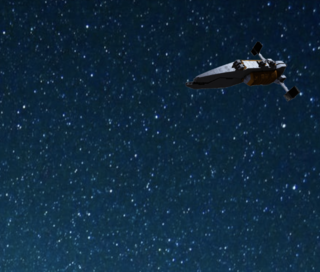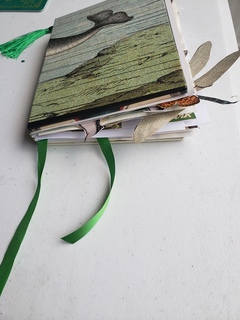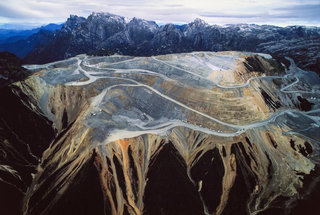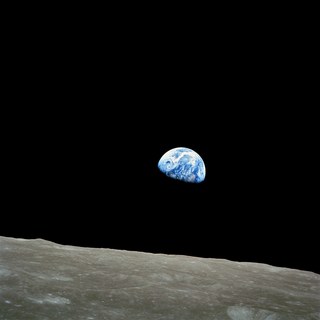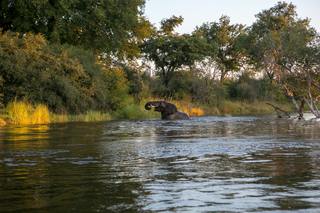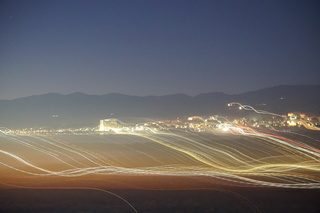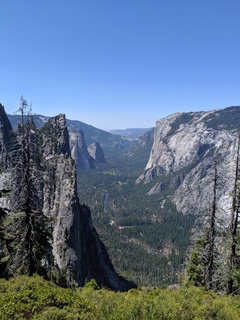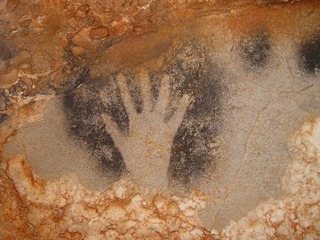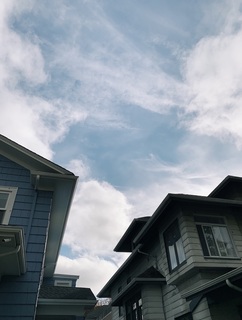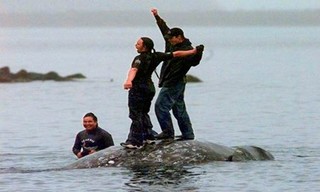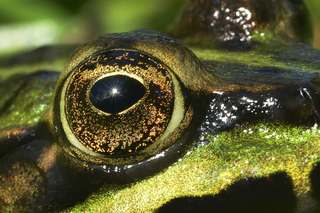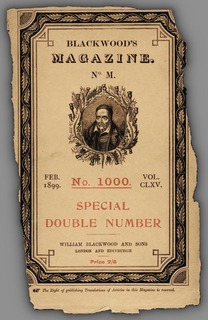The Unearthly Earth
A Storyteller's Guide to the Anthropocene
“The earth seemed unearthly. We are accustomed to look upon the shackled form of a conquered monster, but there—there you could look at a thing monstrous and free. It was unearthly, and the men were—No, they were not inhuman. Well, you know, that was the worst of it—this suspicion of their not being inhuman.”
Joseph Conrad, Heart of Darkness
~~~
“It matters what matters we use to think other matters with; it matters what stories we tell to tell other stories with; it matters what knots knot knots, what thoughts think thoughts, what descriptions describe descriptions, what ties tie ties. It matters what stories make worlds, what worlds make stories.”
Donna Haraway, Staying With the Trouble
~~~
In recent years, scientists have proposed that we are now living in a new geological epoch: the Anthropocene. The Anthropocene concept profoundly alters the story of human history, natural history, and the relationship between them. It is a planetary story of tumult and extinction, a tale written in strata, whose meaning surrounds the tale in an overheated envelope of carbon-laden air, the exhalations of a fossilized modernity. This exhibition, curated by students in an English Honors seminar at the University of Washington in Autumn 2020, explores Joseph Conrad’s Heart of Darkness as a journey into the Anthropocene: a first-hand account of the extractive frontier in which the “conquest of the Earth” is inextricable from racism, violence, and an unsettling complicity that includes the narrative itself. Conrad’s novella is one of the most canonical—and controversial—works of modern literature. As such, it provides a chance to think about how literature both depicts and is entangled with the disruption of the Earth System: how literary world-building is bound up with the unmaking of the Earth.
~~~
The organizing provocation is drawn from Donna Haraway’s Staying With the Trouble, in which she asks to think about what stories tell stories, and what stories make worlds. Heart of Darkness is a journey into the “trouble” of the Anthropocene. It is also deeply troubling, an artistic masterpiece whose critique of empire and extraction is plagued by racism and misogyny. The entries below are responses to the question what it means to “stay with” such a work, and how we can use it to imagine alternate futures into being. They offer itineraries, detours, waypoints, warnings, and packing lists for a journey into the Anthropocene, by way of a series of more recent works that adapt, respond to, and borrow from Conrad’s (in)famous novella, turning its formal devices, language, plot, and subject matter to their own ends. Heart of Darkness is a story adapted from Conrad’s own voyage into the "Horror” of the Belgian Congo, now legible as the advent of a planetary condition, the “unearthly earth” of the Anthropocene. It is also a story subsequent writers, artists, and filmmakers keep telling to tell stories: about war, colonization, and extinction. This exhibition attempts to think through those two things simultaneously, asking how this unsettling narrative can help us stay with the trouble, inhabiting this cataclysmic epoch in Earth’s history with consciousness and care, even as we tell the stories that bring new worlds into being.
~~~
Each student has prepared their own meditation on the Anthropocene, conveyed through a collection of quotes, images, and observations from course readings compiled in an "Anthropocene backpack" (modeled on Ursula Le Guin's "Carrier Bag Theory of Fiction") over the duration of the term. Some slant toward essays, while others take more experimental forms - an art book, an interactive deep-space journey. They explore concepts ranging from infrastructure, to ghost stories, to the existence of the future, and grapple with questions of complicity, conquest, and extinction. While the sequence offered here provides one pathway, they can be read in any order, and are offered not as conclusions or arguments but as provocations, assemblages, or invitations. They are waypoints, tools to think with, and stories that tell stories. Join us on this journey into the Anthropocene.

Background image: Mwangi Kirubi/Pictureworks Africa (Wikimedia)
Cover image: George C. Beresford (Wikimedia)
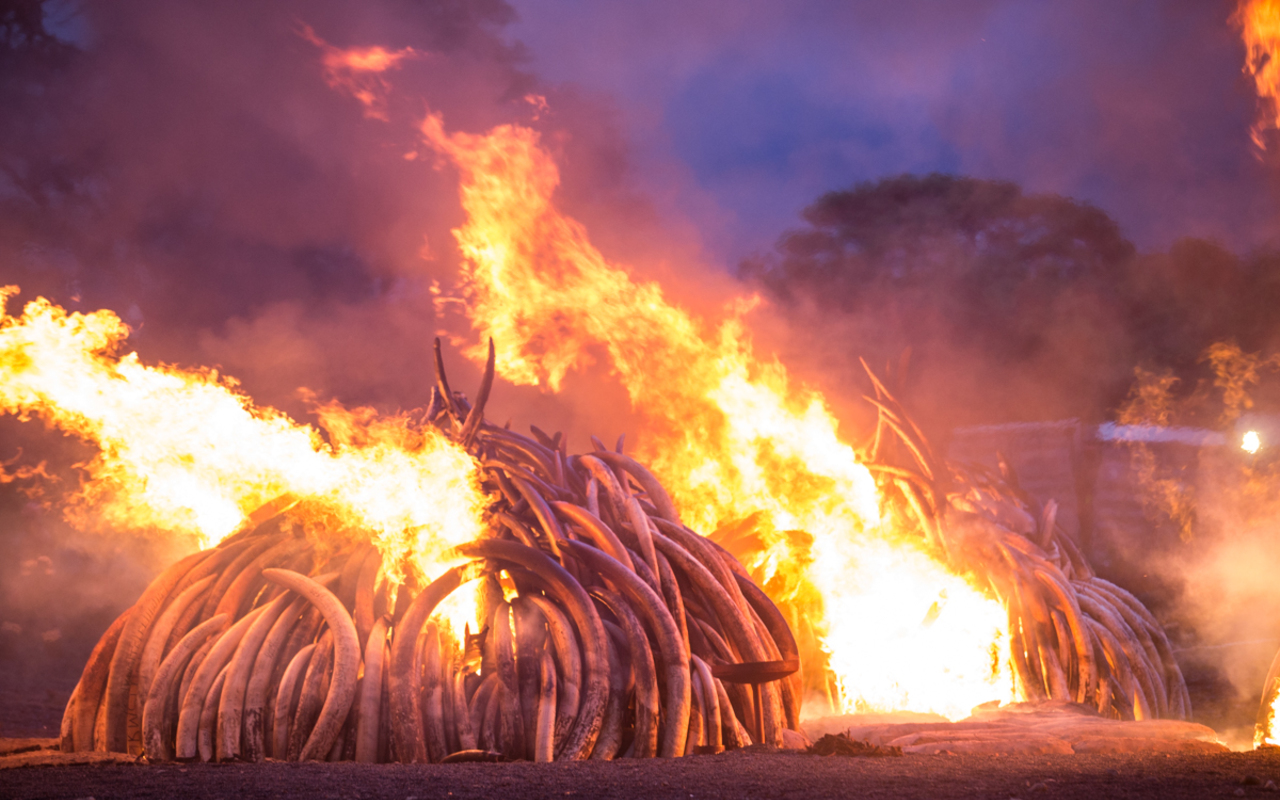
Texts
Anthropocene Backpacks
- Published
- This text has 0 annotations
- This text has 0 highlights
- Published
- This text has 0 annotations
- This text has 0 highlights
- Published
- This text has 0 annotations
- This text has 0 highlights
- Published
- This text has 0 annotations
- This text has 0 highlights
- Published
- This text has 0 annotations
- This text has 0 highlights
- Published
- This text has 0 annotations
- This text has 0 highlights
- Published
- This text has 0 annotations
- This text has 0 highlights
- Published
- This text has 5 annotations
- This text has 0 highlights
- Published
- This text has 1 annotation
- This text has 1 highlight
- Published
- This text has 0 annotations
- This text has 0 highlights
- Published
- This text has 0 annotations
- This text has 0 highlights
- Published
- This text has 0 annotations
- This text has 0 highlights
- Published
- This text has 0 annotations
- This text has 0 highlights
- Published
- This text has 0 annotations
- This text has 0 highlights
Honors Seminar Syllabus
- Published
- This text has 0 annotations
- This text has 0 highlights
Recent Activity
Text Added Text Added The Denial of Humans
Resource Added An Anthropocene Retelling
Text Added The Anthropocene: A Global Ghost Story
Text Added Imagining the Unseen


